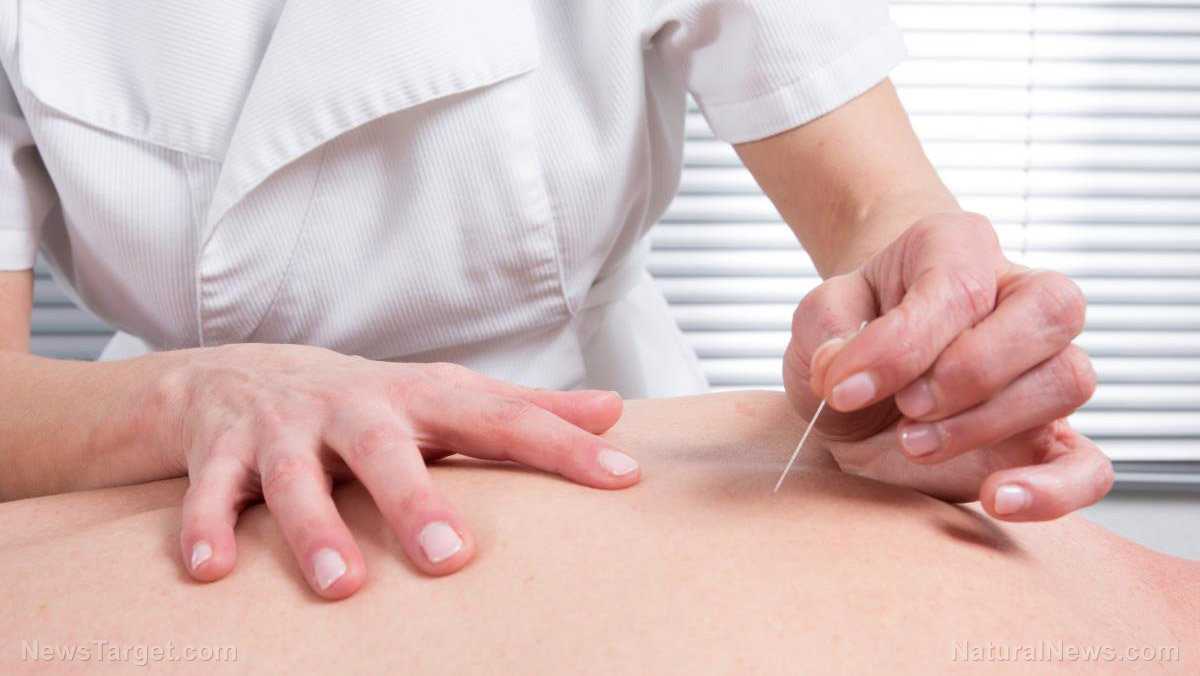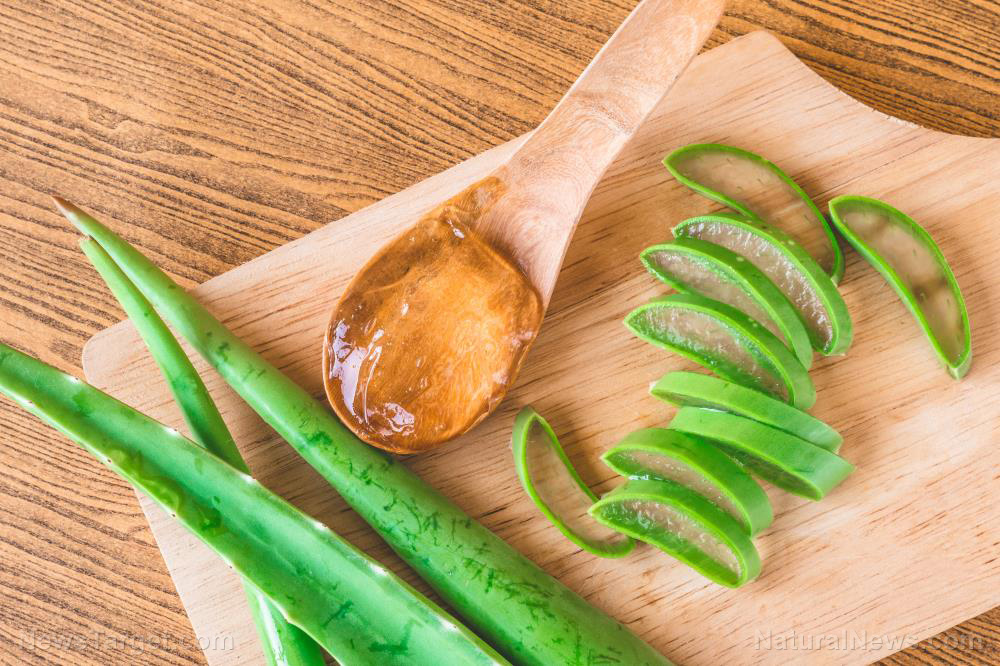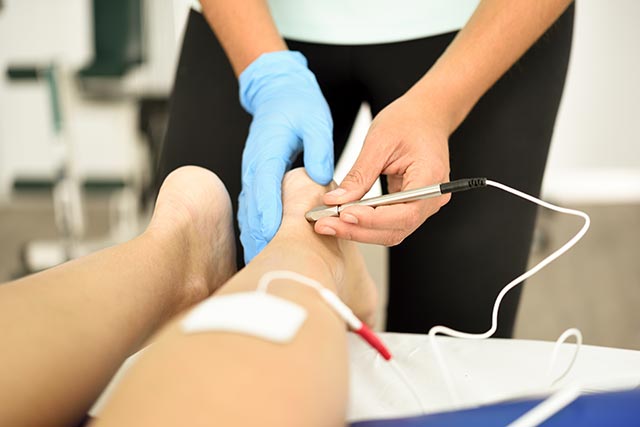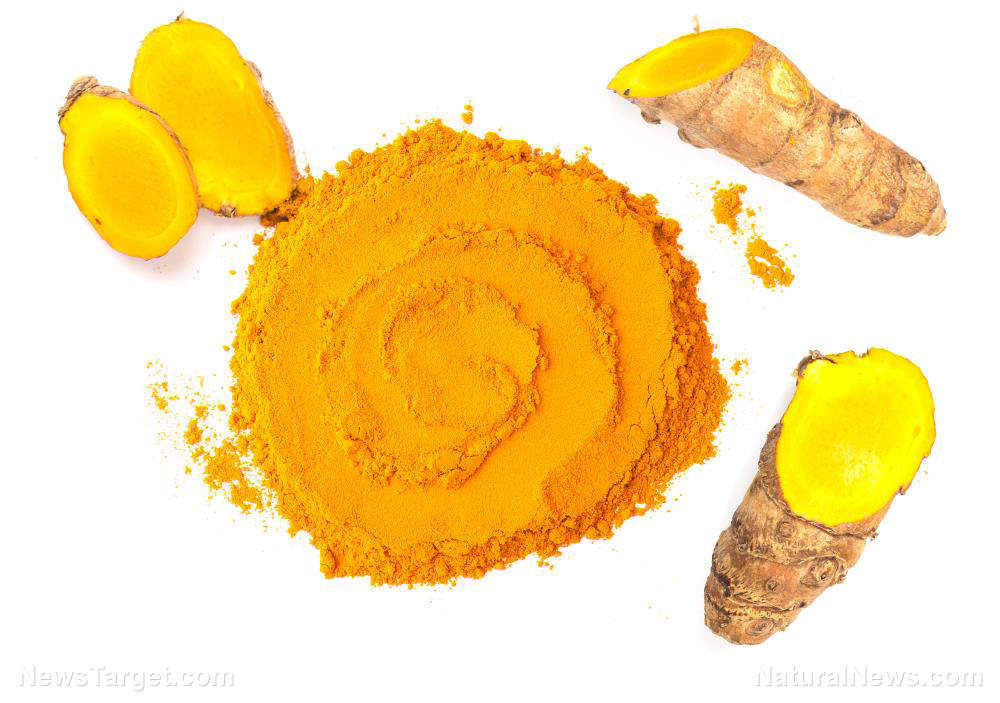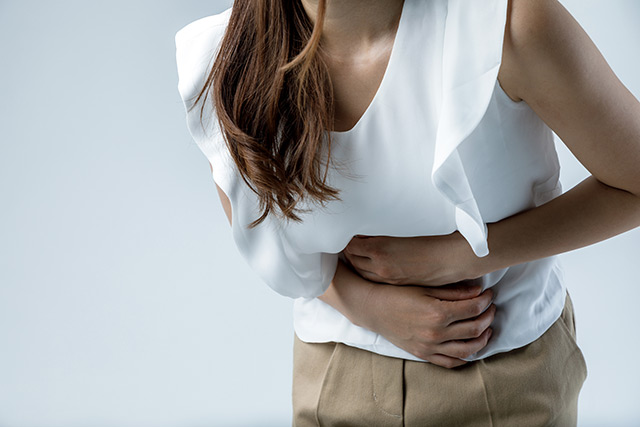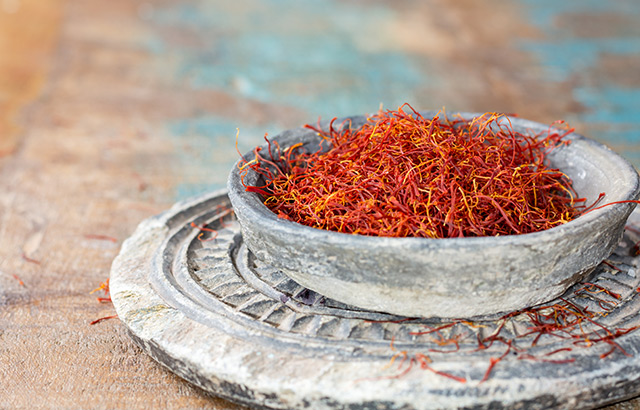Gua Sha therapy, which moves energy around the body, found to be beneficial for perimenopausal women
01/23/2019 / By Michelle Simmons
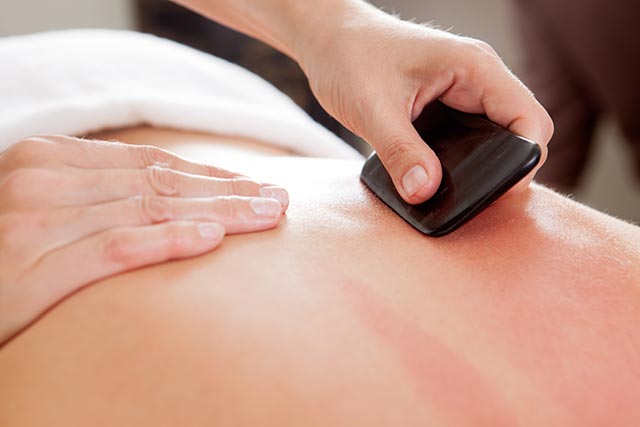
A systematic review published in the journal Complementary Therapies in Clinical Practice confirms that Gua sha therapy is an effective method to treat women with perimenopausal syndrome.
Gua sha therapy relieves pain and tension by using a tool to apply pressure and scrape the skin. It is widely used as a treatment for perimenopausal syndrome in East Asia, which is what prompted researchers to review existing evidence of its efficacy. They looked at randomized controlled trials (RCTs) of Gua sha therapy for treating patients with perimenopausal syndrome.
Perimenopause, which means “around menopause,” is the time when a woman’s body naturally transitions to menopause. This indicates the end of a woman’s reproductive years. While women start perimenopause at different ages, signs of progression toward menopause typically start at the age of 40. However, some women may also notice changes as soon as they have reached their mid-30s.
During perimenopause, estrogen levels vary unevenly. This results in irregular menstrual cycles and menopause-like symptoms. In particular, these symptoms include hot flashes, sleep problems, and vaginal dryness. (Related: Seven Symptoms of Perimenopause – What Solutions You Need to Know.)
The authors looked at six RCTs related to the effects of Gua sha therapy on perimenopausal syndrome. Based on the data they have gathered, five RCTs showed favorable effects of Gua sha therapy combined with Western medicine, when compared with Western medicine alone. In addition, study participants who received Gua sha therapy along with Western medication exhibited significantly greater improvements in levels of follicle-stimulating hormone (FSH), luteinizing hormone, and estradiol hormone in comparison to those who only received Western medicine. FSH and luteinizing hormones largely control the levels of estrogen.
Moreover, the data gathered reported significant improvements in the quality of life of the participants when they received Gua sha therapy combined with Western medicine therapy compared to Western medicine therapy alone.
In conclusion, these findings support that Gua sha therapy effectively improves the treatment efficacy in women with perimenopausal syndrome.
Other health benefits of Gua sha therapy
In addition to being an effective treatment for perimenopause, Gua sha therapy may also relieve the symptoms of other conditions, such as:
- Breast engorgement: This condition occurs when the breasts of breastfeeding women overfill with milk. Research has shown that Gua sha therapy may relieve symptoms of breast engorgement. In the study, women who received Gua sha therapy two days after giving birth until leaving the hospital reported fewer cases of engorgement, breast fullness, and discomfort.
- Chronic pain: Gua sha therapy has an anti-inflammatory effect that is beneficial for conditions that cause chronic pain, including arthritis and fibromyalgia.
- Hepatitis B: This viral infection causes inflammation, damage, and scarring in the liver. With Gua sha therapy, chronic liver inflammation may be reduced, according to studies.
- Neck pain: Gua sha may also be effective in relieving neck pain. In one study, researchers compared the effect of Gua sha therapy with a thermal heating pad in treating neck pain. Results showed that participants who received Gua sha reported less pain than those who received a thermal heating pad.
Gua sha therapy is safe and not supposed to be painful. However, it may temporarily affect the appearance of the skin because tiny blood vessels on the skin can burst due to the rubbing or scraping of the skin. This may lead to skin bruising and minor bleeding.
Read more news stories and studies on menopause by going to WomensHealth.news.
Sources include:
Tagged Under: Chinese medicine, Gua sha therapy, Menopause, Natural Treatments, perimenopausal syndrome, perimenopause, remedies, therapies, women's health


